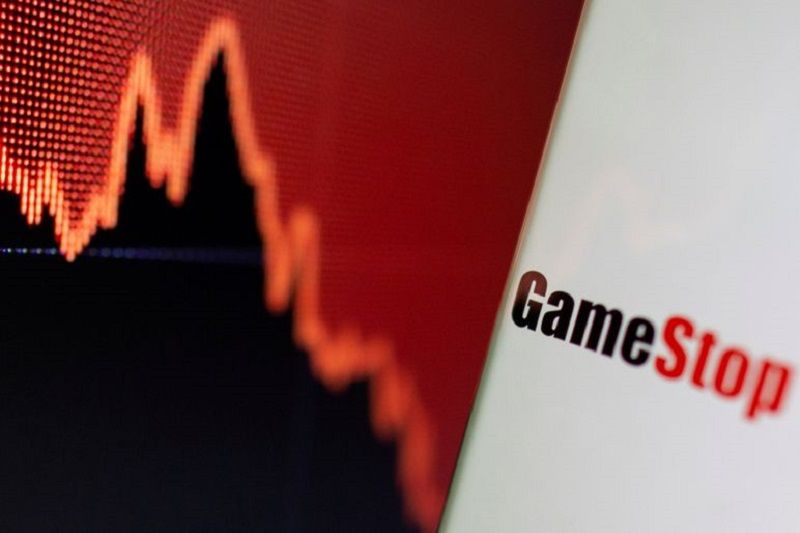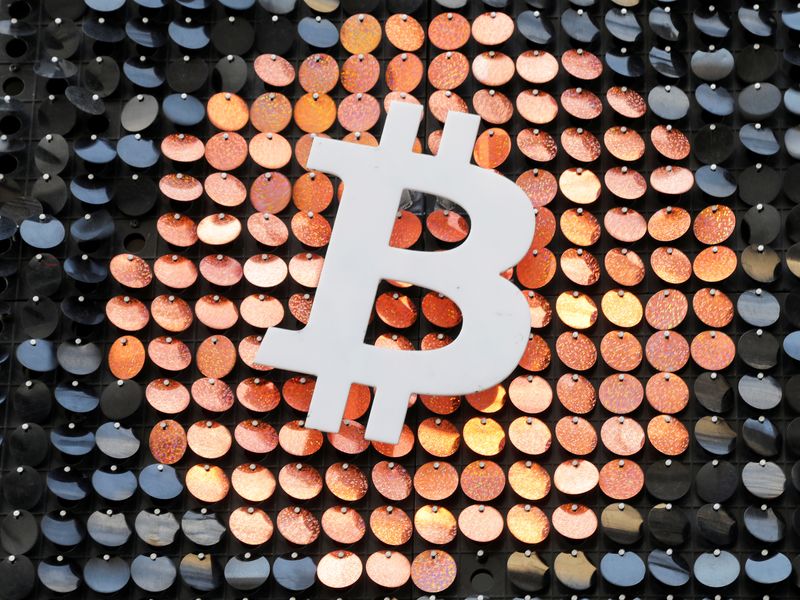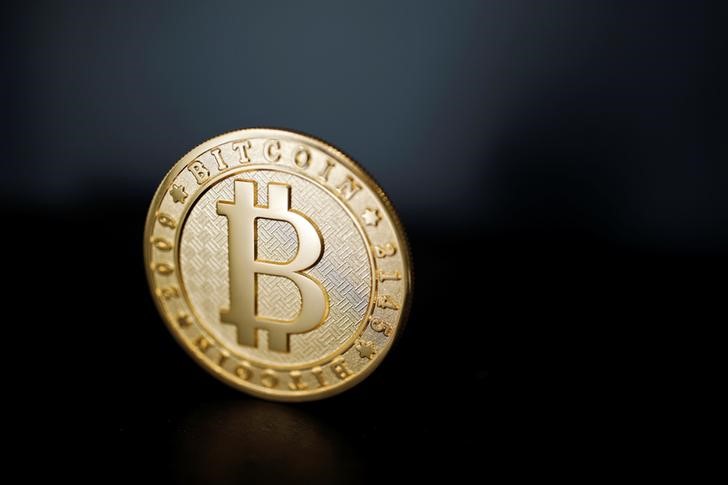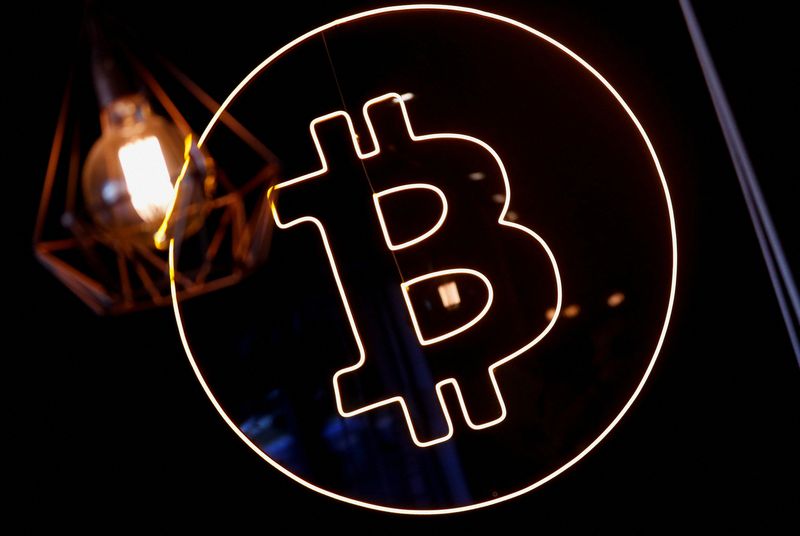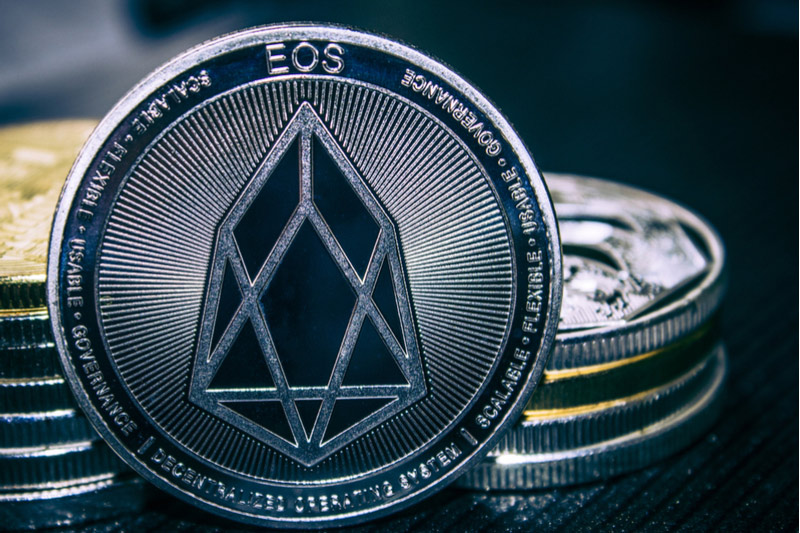The meme coin frenzy may have cooled down a bit as bitcoin has lost some upward momentum. However, markets for major meme tokens remain more liquid than earlier this year, indicating that these supposedly unserious cryptocurrencies, often criticized for their lack of usefulness, are here to stay.
According to Kaiko Research, meme tokens have been resilient during the recent market correction and have continued to perform strongly even though they have historically underperformed during recessions. Year-to-date (YTD) returns for these tokens range between 80% and 1800%, and trading volumes remain strong.
Kaiko Research reports that weekly meme token trading volume is up more than 200% year-to-date, reaching around $11 billion. This can be attributed to the accessibility of the tokens and their ability to adapt to market trends, which has attracted interest from the community.
“Meme tokens have shown unexpected resilience in the face of market corrections, maintaining strong trading volumes and performance,” said an analyst at Kaiko Research. “Their popularity is largely due to their accessibility and the strong community interest they generate.”
However, meme coins tend to have higher leverage compared to most altcoins and are therefore more influenced by speculative appetite.
Interestingly, the correlation between meme tokens and other retail-driven speculative assets, such as meme stocks, has been relatively weak and highly volatile. For example, the 60-day moving correlation between the largest meme token (DOGE) and video game retailer GameStop (NYSE 🙂 has remained mostly below 0.3 over the past year.
Over the past week, meme stocks received an unexpected boost: GME and AMC Entertainment (NYSE 🙂 saw a surge on May 13 and 14. This caused the correlation between DOGE and GME to reach its highest level in over a year .
“Meme stock saw a notable rally last week, which also affected the correlation between Dogecoin and GameStop,” Kaiko Research added. “This increase in correlation highlights the interconnected nature of retail-driven speculative assets.”

